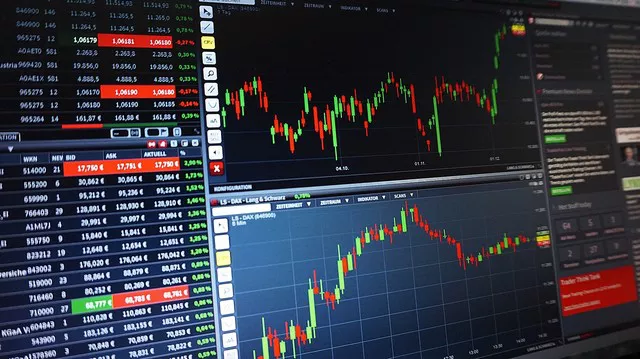Introduction
Futures trading is a cornerstone of financial markets, allowing investors to speculate on the future price movements of various assets. Understanding futures trading is crucial for anyone looking to navigate the complexities of financial markets effectively. In this article, we will explore the concept of futures trading and provide a detailed example to illustrate how it works.
What are Futures?
Futures are standardized financial contracts that obligate the buyer to purchase and the seller to sell a specified asset, such as commodities, currencies, or financial instruments, at a predetermined price and date in the future. These contracts are traded on organized exchanges, such as the Chicago Mercantile Exchange (CME) or the Intercontinental Exchange (ICE), which act as intermediaries between buyers and sellers.
Key Participants in Futures Trading
Before delving into an example of futures trading, it’s essential to understand the key participants involved:
Hedgers: These are market participants who use futures contracts to mitigate the risk associated with price fluctuations in the underlying asset. For example, a farmer might hedge against a potential drop in the price of corn by selling corn futures contracts.
Speculators: Unlike hedgers, speculators aim to profit from price movements in futures contracts without any intention of taking delivery of the underlying asset. They provide liquidity to the market and assume the risk that hedgers seek to avoid.
Market Makers: These are individuals or firms that facilitate trading in futures contracts by providing continuous buy and sell prices. Market makers help ensure market efficiency by narrowing bid-ask spreads and absorbing excess supply or demand.
Clearinghouses: Clearinghouses act as intermediaries between buyers and sellers in futures markets. They guarantee the performance of futures contracts by ensuring that both parties fulfill their obligations. In case of default, the clearinghouse steps in to settle the contract.
Example of Futures Trading: Crude Oil Futures
To illustrate how futures trading works in practice, let’s consider an example involving crude oil futures:
Background: Suppose an oil producer anticipates that the price of crude oil will increase over the next few months due to geopolitical tensions in oil-producing regions. To protect against potential losses resulting from a price decline, the producer decides to hedge by selling crude oil futures contracts.
Step 1: Contract Specification
The first step in futures trading is to understand the specifications of the contract. Crude oil futures contracts typically specify the following:
Underlying Asset: In this case, the underlying asset is crude oil.
Contract Size: Each futures contract represents a specific quantity of crude oil, typically measured in barrels.
Delivery Date: The date on which the buyer must take delivery of the crude oil and the seller must deliver it.
Delivery Location: The physical location where the crude oil will be delivered.
Contract Price: The price at which the crude oil will be bought or sold on the delivery date.
Step 2: Market Analysis
Before entering into a futures contract, the oil producer conducts market analysis to assess the current and future price trends of crude oil. This analysis involves studying various factors that influence oil prices, such as supply and demand dynamics, geopolitical events, economic indicators, and weather patterns.
Step 3: Trade Execution
Once the oil producer is confident in their market analysis, they execute the trade by selling crude oil futures contracts through a brokerage firm or directly on the exchange. The number of contracts sold depends on the producer’s exposure to price risk and their desired level of hedge.
Step 4: Monitoring the Position
After entering into the futures contract, the oil producer monitors the position regularly to track changes in the price of crude oil and assess the effectiveness of the hedge. If the price of crude oil rises as anticipated, the loss on the futures contract is offset by higher revenues from selling physical oil at a higher price.
Step 5: Contract Settlement
On the delivery date specified in the futures contract, the settlement process occurs. Since most futures contracts are cash-settled, the buyer and seller do not exchange physical barrels of crude oil. Instead, the contract is settled financially based on the difference between the contract price and the prevailing market price of crude oil on the delivery date.
Conclusion
Futures trading plays a vital role in financial markets by enabling participants to manage risk, speculate on price movements, and discover future prices of assets. By understanding the mechanics of futures trading and exploring practical examples like crude oil futures, investors can make informed decisions and navigate the complexities of financial markets with confidence. Whether hedging against price fluctuations or seeking profit opportunities, futures trading offers a versatile tool for managing exposure to various asset classes.


